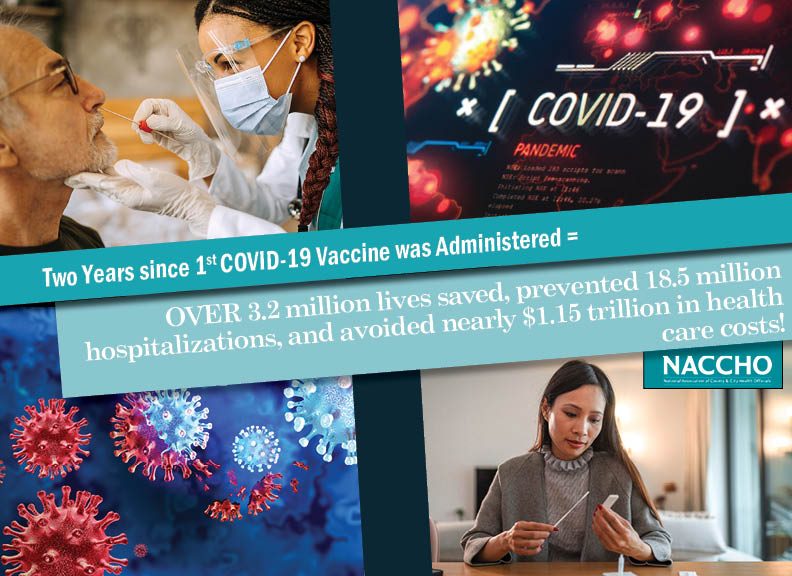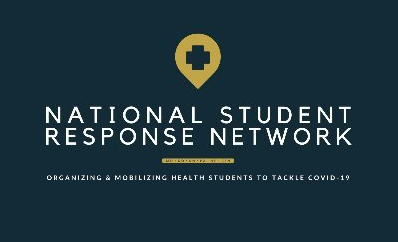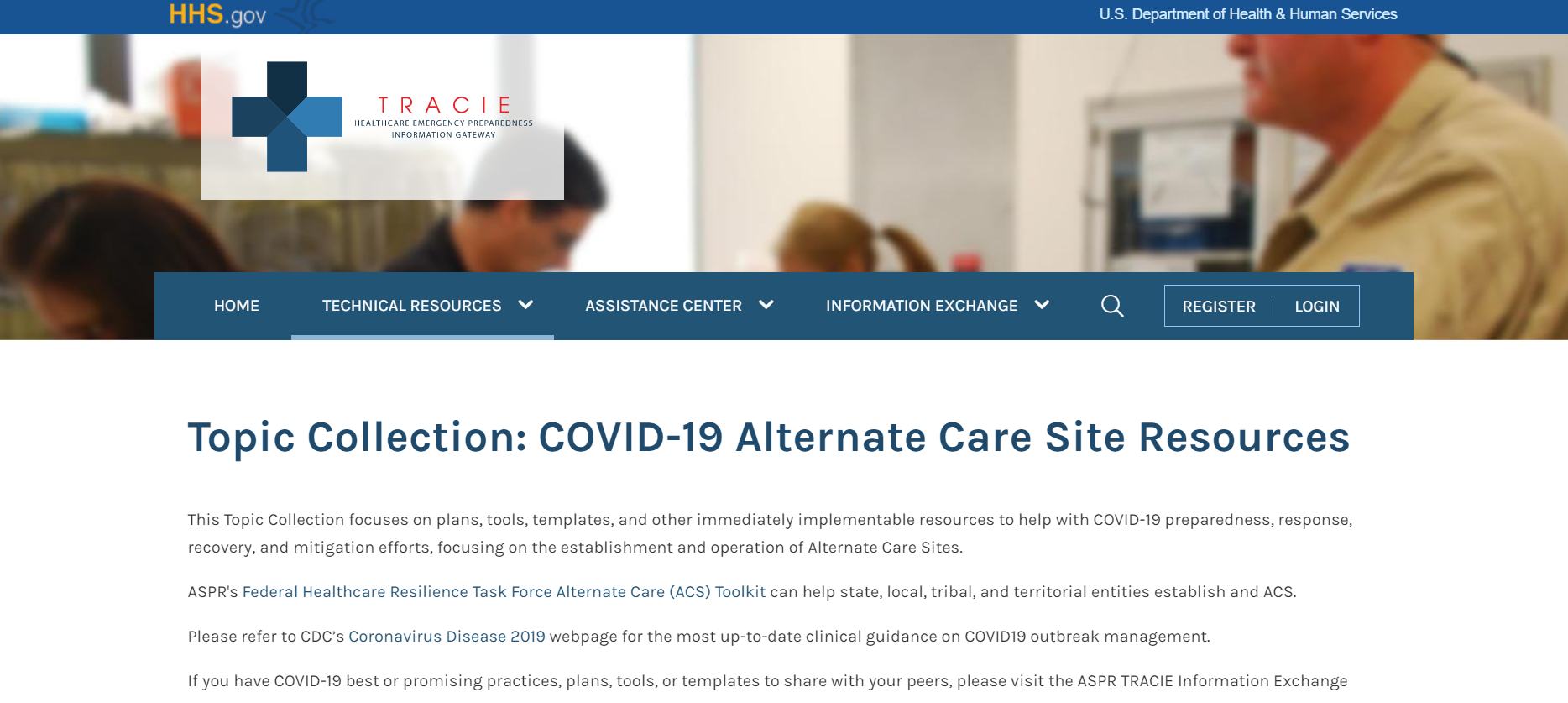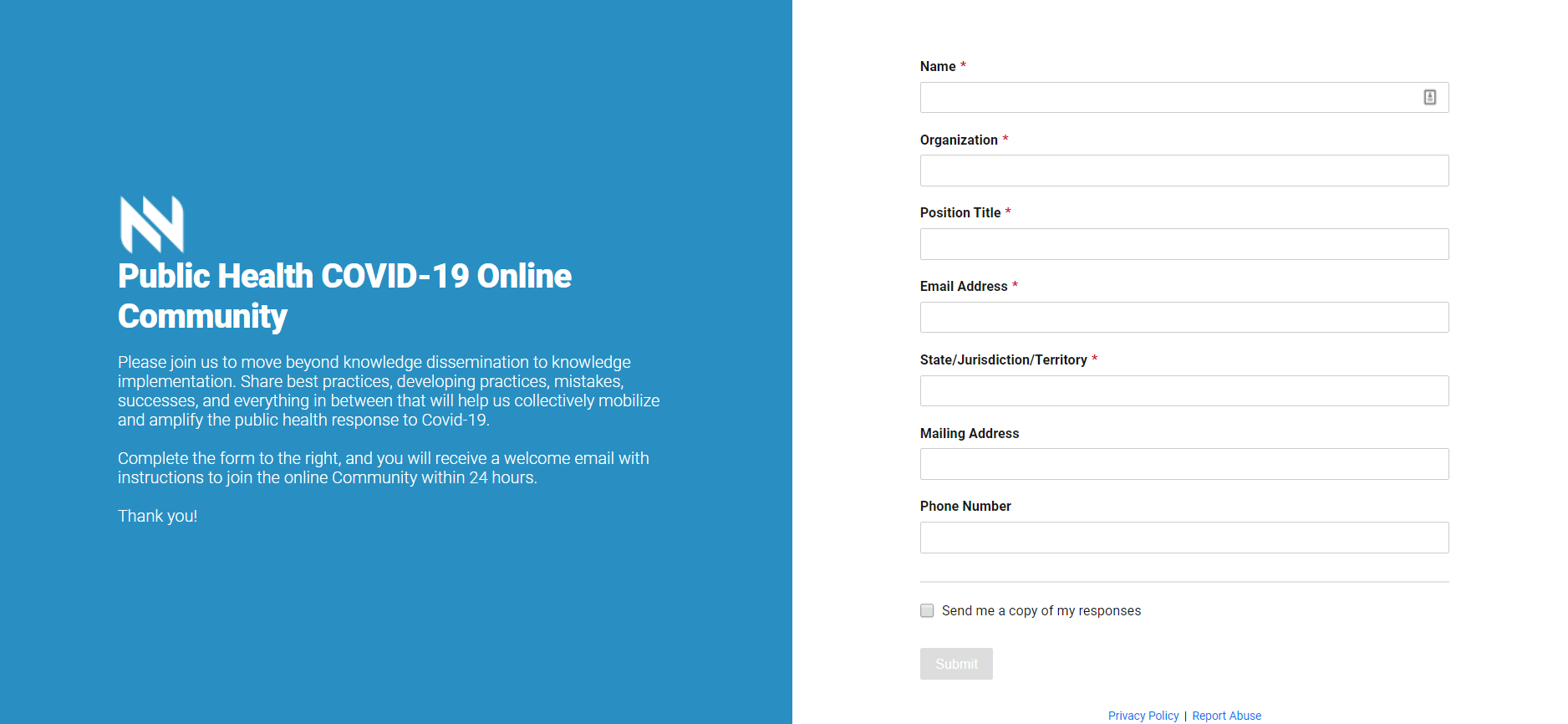Popular Categories
New Individual & Family Emergency Response Guides
The New York Department of Health and Mental Hygiene’s Office of Emergency Preparedness and Response released scenario-specific...
May 25, 2016 | Mary Hodges
Decontamination Guidance for Chemical Incidents
HHS released a recommendations guide called Primary Response Incident Scene Management (PRISM) for mass patient decontamination....
May 25, 2016 | Mary Hodges
Submit Tools to Project Public Health Ready’s Online Toolkit
NACCHO needs your help! In an effort to provide the best technical assistance and resources to local health departments NACCHO’s...
Jan 26, 2016 | Mary Hodges
Measuring Mass Fatality Preparedness – How Does Public Health Stand Up?
Many of the catastrophic hazards that LHDs plan for have serious potential to become mass fatality events. Even in the most...
Jan 13, 2016 | Rachel Schulman
ACMT Webinar Series on Chemical Agents of Opportunity: New Training Modules Available
The American College of Medical Toxicology is presenting the ninth module in the Chemical Agents of Opportunity for Terrorism Webinar...
Jan 07, 2016 | Rachel Schulman
The Role of Public Health in Terrorism and Active Shooter Preparedness and Response
In light of the recent events in Paris and San Bernardino, CA, active shooter and terrorism situations have dominated global media and...
Jan 06, 2016 | Mary Hodges
DHS Releases Chemical Defense Resources Guide
The Department of Homeland Security Office of Health Affairs (DHS-OHA) compiled a resource guide for community health organizations...
Dec 02, 2015 | Mary Hodges
ACMT Webinar Series on Chemical Agents of Opportunity
The American College of Medical Toxicology is presenting the fifth module in the Chemical Agents of Opportunity for Terrorism Webinar...
Sep 03, 2015 | Rachel Schulman
Partnerships between Local Health, FBI Lead to Greater Chemical Incident Preparedness
By Katie Regan, Communications Specialist, NACCHO Whether terrorist or criminal in nature, intentional or accidental, a chemical...
Aug 11, 2015 | Katie Regan
New Individual & Family Emergency Response GuidesThe New York Department of Health and Mental Hygiene’s Office of Emergency Preparedness and Response released scenario-specific response guides. With input from their community partners, they created 10 Individual and Family Response Guides that provide actionable guidance on how to response during specific emergencies. The guides cover biological, chemical, cyber, extreme weather,... May 25, 2016 | Mary Hodges |
Decontamination Guidance for Chemical IncidentsHHS released a recommendations guide called Primary Response Incident Scene Management (PRISM) for mass patient decontamination. Community planners can build scientifically sound actions into emergency response plans based on the recommendations, which were informed by a study sponsored by the Office of the Assistant Secretary for Preparedness and Response. View the guidance here. May 25, 2016 | Mary Hodges |
Submit Tools to Project Public Health Ready’s Online ToolkitNACCHO needs your help! In an effort to provide the best technical assistance and resources to local health departments NACCHO’s Preparedness Planning, Outcomes and Measurement (PPOM) Workgroup is seeking to expand and update the Project Public Health Ready online toolkit. This toolkit serves as a repository of best practices, templates, and samples for a variety […] Jan 26, 2016 | Mary Hodges |
Measuring Mass Fatality Preparedness – How Does Public Health Stand Up?Many of the catastrophic hazards that LHDs plan for have serious potential to become mass fatality events. Even in the most well-prepared communities, events such as pandemics, chemical spills, radiation releases, mass shootings, and acts of terrorism can still result in extremely high death tolls. Moreover, it doesn’t necessarily take a large number of deaths […] Jan 13, 2016 | Rachel Schulman |
ACMT Webinar Series on Chemical Agents of Opportunity: New Training Modules AvailableThe American College of Medical Toxicology is presenting the ninth module in the Chemical Agents of Opportunity for Terrorism Webinar Series addressing Water, Food, and Medication as Vectors on Wednesday, January 13th, at 3:30pm (EST). All are welcome to register at any time for this module using the registration link on the module website: Module 9: Water, Food, and Medication as Vectors. Note... Jan 07, 2016 | Rachel Schulman |
The Role of Public Health in Terrorism and Active Shooter Preparedness and ResponseIn light of the recent events in Paris and San Bernardino, CA, active shooter and terrorism situations have dominated global media and the minds of many Americans. Preparing for and recovering from these incidents is typically seen as the job of local and Federal law enforcement, but local public health is deeply involved in the […] Jan 06, 2016 | Mary Hodges |
DHS Releases Chemical Defense Resources GuideThe Department of Homeland Security Office of Health Affairs (DHS-OHA) compiled a resource guide for community health organizations containing links to several sources of information, best practices, and other guidance specific to chemical threats. Community level response planning for a chemical release is critical to minimizing loss of life, protecting clinical infrastructure, and reducing the... Dec 02, 2015 | Mary Hodges |
ACMT Webinar Series on Chemical Agents of OpportunityThe American College of Medical Toxicology is presenting the fifth module in the Chemical Agents of Opportunity for Terrorism Webinar Series addressing Cyanide and Fumigants on Wednesday, September 9th, at 2pm (EDT). All are welcome to register at any time for this module using the registration link on the module website: Module 5: Cyanide and Fumigants. Note that registrants will needs to keep... Sep 03, 2015 | Rachel Schulman |
Partnerships between Local Health, FBI Lead to Greater Chemical Incident PreparednessBy Katie Regan, Communications Specialist, NACCHO Whether terrorist or criminal in nature, intentional or accidental, a chemical incident is a possibility all local public health departments face. Therefore, public health should ensure response procedures and preparedness efforts are in place before an event happens to make sure their community is resilient. As first responders, it […] Aug 11, 2015 | Katie Regan |
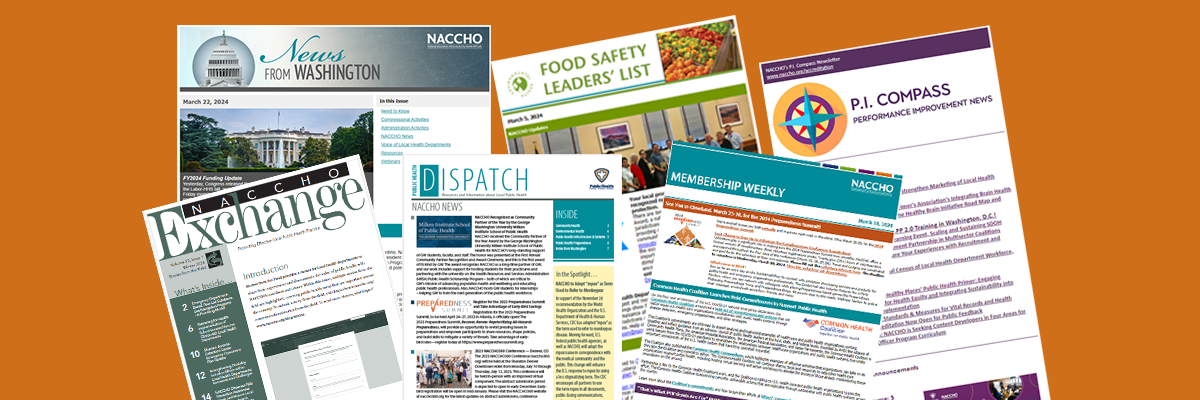
Subscribe Today
Sign Up for the E-mail Digests
Create an account or login to MyNACCHO and go to "My Subscriptions."
SUBSCRIBE NOW